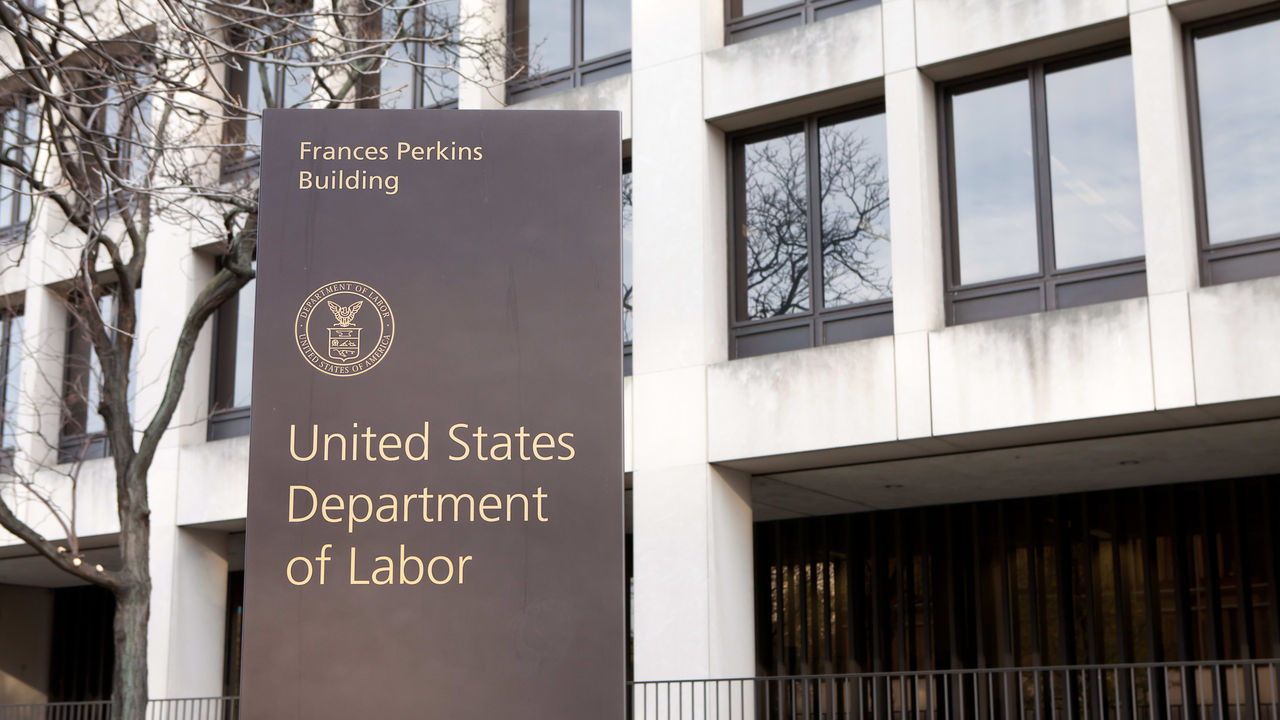The U.S. Department of Labor's (DOL's) Office of Labor-Management Standards (OLMS) cautioned employers and their anti-union consultants—called persuaders—about failing to file required forms about persuader activity.
Under the Labor-Management Reporting and Disclosure Act (LMRDA), "Congress did not tell the Department of Labor to enforce the LMRDA's union reporting requirements but ignore the employer and consultant reporting requirements," said Jeff Freund, director of the OLMS, in a January blog post.
The LMRDA was passed to help stop rampant union corruption, said Phillip Wilson, president and general counsel of the Labor Relations Institute in Broken Arrow, Okla.
"The act primarily took aim at union intimidation tactics and unfair labor practices, but many of its provisions also applied to employers because employers were often intimidated into paying bribes and payoffs to corrupt unions. The main idea behind the LMRDA reporting requirements was to shine daylight on these corrupt payments to discourage them or give law enforcement additional ways to prosecute these activities," he said. "Persuader activities are only one of the items that trigger reporting under the act."
'Chronic Noncompliance'
There were at least 1,125 union-organizing campaigns in 2021, according to the National Labor Relations Board (NLRB), and employers hired persuader consultants in approximately 75 percent of those campaigns.
"However, in 2021, we received only 166 persuader-related Form LM-10 reports, 314 Form LM-20 reports and 56 Form LM-21 reports," Freund wrote.
David Pryzbylski, an attorney with Barnes & Thornburg in Indianapolis, explained that:
- The LM-10 is the form for employers to use to report information on agreements they entered into regarding persuader activity.
- The LM-20 form is for consultants or others hired by employers engaging in persuader activity to use to report information on the agreements they entered into regarding persuader activity.
- The LM-21 form is for consultants or others hired by employers engaging in persuader activity to use to disclose compensation received from persuader activity.
"By comparing the LM-10 and LM-20 reports, we've also discovered significant underreporting in both directions," Freund said.
"We are also confident that there is underreporting of expenditures made with an object of violating the NLRA [National Labor Relations Act] because, despite there being literally thousands of cases in which the NLRB found an employer to have violated the NLRA, our electronic records don't contain a single report from a single employer disclosing such an expenditure," he wrote. "Electronic records go back only so far, but no one here can remember a paper report disclosing such an expenditure. If it ever happened, it's lost in the mists of time."
He concluded that "OLMS is taking steps to end this chronic noncompliance," noting that it has re-established the Persuader Reporting Orientation Program, a compliance assistance program designed to remind employers and consultants involved in union-organizing campaigns of their reporting activities.
OLMS also has instituted a tip line encouraging unions and employees who become aware of persuader activity to contact the agency.
What Is 'Persuader Activity'?
"The definition of persuader activity has been the subject of some controversy over the years," Wilson said.
Under the current regulations, persuader activity occurs when a company hires a consultant or an attorney to talk to its employees about the exercise of their rights under the NLRA.
"The trigger today is when a consultant is actually in front of employees doing the talking," Wilson explained. "The requirement is not triggered if a consultant or attorney prepares material or trains bona fide employees of the company to talk to employees about their rights."
Some labor consultants are former labor union organizers or officials who now work for agencies that provide persuader services, Pryzbylski said. "The consultants come in during a union campaign and discuss their experiences and opinions as to why unionization may not be in the best interest of the workforce or company. Depending on the campaign, some companies routinely use these types of services."
Return to Broader Interpretation of Reporting Obligations?
"The director's blog post shows that this administration wishes to broaden the scope of activity subject to reporting obligations under the LMRDA," Pryzbylski said.
Under current law, just because counsel or consultants might be hired doesn't mean they are engaging in reportable persuader activity, he noted. That is because there are certain exemptions to the general rule that persuader activity must be reported.
For example, the advice exemption provides that advice given to an employer is exempt from the reporting requirement, Pryzbylski explained. "The DOL long applied this rule to exclude legal advice given by labor counsel. Under that interpretation, labor counsel or other consultants only needed to report 'nonadvice activity' such as direct discussions with voting employees."
During the Obama administration, the DOL tried to rewrite the regulations to loosen the advice exemption so that activity would need to be reported even when there was indirect communication with employees, he noted.
"Lawsuits blocked the new regulations, and the Trump administration did not renew the same efforts," Pryzbylski said. "With the Biden administration coming online, though, there are signals it may be seeking to limit the advice exemption, similar to how the department sought to do so under President Obama."
Wilson added, "What they really mean when they say things are underreported is that there are a lot of activities that they wish were reported that do not currently trigger the reporting requirement. There may also be people who should report and don't, but that is probably rare."
An organization run by AI is not a futuristic concept. Such technology is already a part of many workplaces and will continue to shape the labor market and HR. Here's how employers and employees can successfully manage generative AI and other AI-powered systems.




